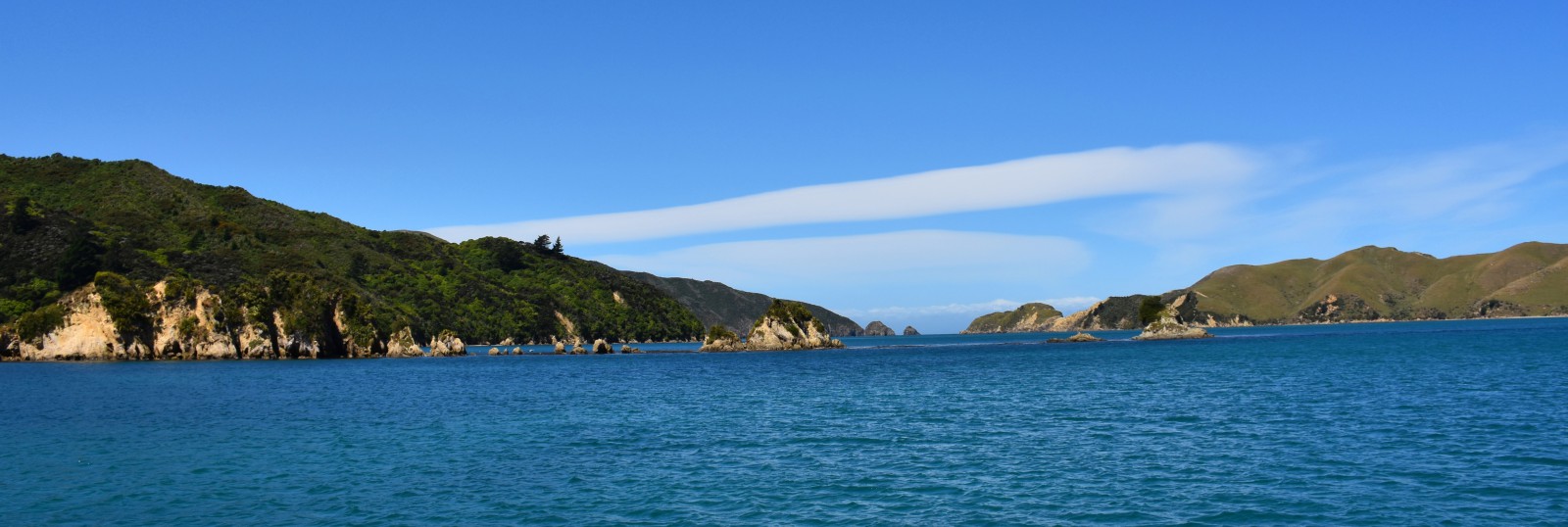The Māori name for this bay is Onepapata, which possibly means small waves on the beach.1
Onepapata and its adjoining bay, Te Awaiti, have been used by Māori, including Te Ātiawa o Te Waka-a-Māui and Ngāti Toa Rangatira for many generations. The bays were a central point for whaling and repairs and maintenance of waka.2
Europeans first utilised the adjoining bays around 1827, when Jacky Guard was blown into the entrance of the Tory Channel during a storm. A sealer by trade, Guard quickly recognised the value of the area for whaling.3
Jacksons Bay, the European name for Onepapata, was first used sometime from the early 1830s, when James Jackson, a whaler, established a shore based whaling station in the cove.
James Jackson, also known as Captain Jimmy Jackson, was the first of three James Jacksons (father, son and grandson) who whaled in Tory Channel.4 He was also one of the first whalers to show interest in the land around him. He planted fruit trees at Onepapata/Jacksons Bay and is also reputed to have brought the first cattle to the Sounds.5
Although significant in size, little archaeological evidence of the Onepapata/Jacksons Bay whaling station remains. This may be because the bay itself only contained the station's living quarters. The tryworks, the large cast-iron pots whale blubber was boiled down in, were possibly located in Sawyers Bay, the small bay in between Onepapata /Jacksons Bay and Te Awaiti.
In fact, all that remains in Onepapata/Jacksons Bay from this period are the graves of James Jackson and his wife, Eliza, located on a hill overlooking the water.6
Onepapata/Jacksons Bay and the adjoining Te Awaiti Bay were busy, thriving communities during the 1830s and 1840s. There were around 100 people living in the area, including Māori, Europeans and Americans.7
Onepapata/Jacksons Bay and the whaling industry played a major role in early cultural contact between Māori and Europeans. Whalers depended on Māori for food, wives, boat crews, and protection, while Māori gained access to new commercial and industrial opportunities.
In the mid to late 1830s whaling was New Zealand's major commercial industry in terms of value generated and people employed. Production peaked in the late 1830s and thereafter declined rapidly. By the mid-1840s most stations were closed and by 1850 shore whaling for right whales was virtually at an end.
In the early twentieth century the industry was revived in Tory Channel at nearby Fishermans Bay. Motor chasers, harpoon guns, and explosive heads were employed to hunt mostly humpback whales. Shore stations became sophisticated industrial plants, with steam and machinery taking over from human muscle.8
Whaling continued in the Marlborough Sounds until 1964. It was not until 1978 that whales became fully protected by New Zealand law.9
As in the rest of New Zealand, the whaling industry in the Marlborough Sounds initially targeted the southern right whale. Cook Strait is on the winter migratory path for the right whale, which is predictable and slow moving. The right whale floats when dead and can be towed back to shore. As a result of these characteristics, the whale received the name, right whale, due to its usefulness to hunters.
From an estimated population of 15,000 animals in the late 1790s, whaling led to the near-extinction of southern right whales in New Zealand waters. Even today, despite 80 years of full protection, the surviving New Zealand population numbers no more than 1000 individuals.10
Whalers made money by selling oil and baleen, the fine filtering tissue in the whale’s mouth, usually known as whalebone. Whale oil was clean burning and used for household and industrial lighting and lubrication. Baleen was used for corsets, combs and household ornaments.
There were two types of whaling operations in the Marlborough Sounds. Shore whalers lived on land and did their processing ashore, using big shear legs to haul the whales up the beach. Any ships belonging to their stations were supply ships to take processed oil to market in Sydney, Australia and bring back supplies and hardware.
The whaling stations in the Tory Channel, including Onepapata/Jacksons Bay, were shore based stations.
Bay whalers, were operations based in large whaling ships. Smaller oared pulling boats were sent out to capture whales and bring them back to the mother-ship which operated as a processing factory. These types of operations were based in Port Underwood, alongside shore based whaling stations.11
1. Oliver Sutherland, Arthur Elmslie Whaler and Gentleman and Anaru the Farm at French Pass (Nelson: Oliver Sutherland, 2006) 26.
2. Marlborough District Council, Nelson City Council and Tasman District Council, “Te Tau Ihu Statutory Acknowledgements 2014”, accessed July 18, 2018, http://www.nelson.govt.nz/assets/Environment/Downloads/TeTauIhu-StatutoryAcknowledgements.pdf , 106, 149.
3. Carol Dawber, The Jacksons of Te Awaiti, (Picton, River Press, 2001) 14, 20, 34, 41, 56.
4. Sutherland, ‘Arthur Elmslie’, 26.
5. Dawber, ‘Jacksons of Te Awaiti’, 25.
6. Nigel Prickett, the Archaeology of New Zealand Shore Whaling (Wellington: Department of Conservation, 2002), accessed September 12, 2018, https://www.doc.govt.nz/our-work/heritage/heritage-publications/the-archaeology-of-new-zealand-shore-whaling/ .
7. Dawber, ‘Jacksons of Te Awaiti’, 41.
8. Prickett, 'New Zealand Shore Whaling'.
9. Jock Phillips, “Whaling”, Te Ara - the Encyclopedia of New Zealand, accessed October 30,018, http://www.TeAra.govt.nz/en/whaling .
10. “New Zealand's participation in commercial whaling”, Department of Conservation, accessed, October 30, 2018, https://www.doc.govt.nz/about-us/science-publications/conservation-publications/native-animals/marine-mammals/conservation-of-whales-in-the-21st-century/whaling-and-new-zealand/new-zealands-participation-in-commercial-whaling/ .
11. Dawber, ‘Jacksons of Te Awaiti’, 19-20.





